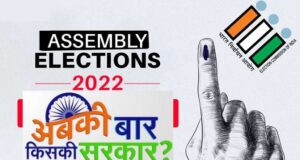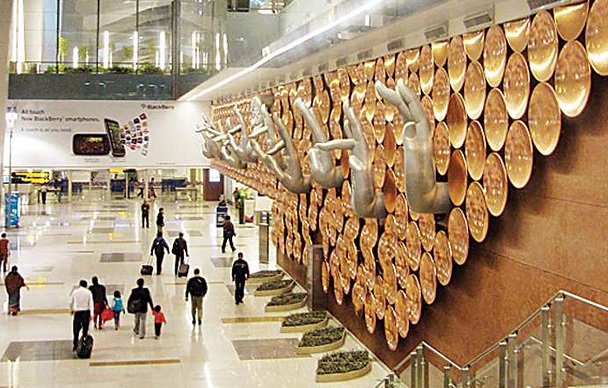The Government of India has decided second time to continue the nation-wide lockdown with some relaxations by two more weeks from May 4 till May 17.
According to a new statement by the home ministry, it is said “After a comprehensive review, and in view of the lockdown measures having led to significant gains in the COVID-19 situation in the country, Ministry of Home Affairs, Government of India issued an Order under the National Disaster Management Act, 2005, today to further extend the lockdown for another two weeks beyond May 4, 2020.”
The Union Health Ministry has split 733 districts across India into red (hotspot), orange and green zones. The red zones are those districts which are most affected by COVID-19 and have maximum confirmed cases of COVID-19 as compare to other district. On the other hand, the green zones are districts with zero confirmed cases till date. The orange zones classified as those districts which are neither defined as Red nor Green.
The extension will however see some relaxations which will be regulated based on the spread of the virus in the districts. However, everyone have to follow health related safety measures and social distancing at all time.
What is allowed and what is not allowed?
Activities allowed for all zones
- Out Patient Departments (OPDs) and Medical clinics
- Private offices can operate with up to 33% strength
- Industrial and construction activities in rural areas, including MNREGA works, food-processing units and brick-kilns
- Agriculture related
- Courier and postal services will be allowed to operate
- Movement of vehicles allowed for permitted activities, with a maximum of two persons (besides the driver) in cars
- Industrial establishments in urban areas, viz., Special Economic Zones (SEZs), Export Oriented Units (EOUs), industrial estates and industrial townships with access control have been permitted.
- Construction activities in urban areas have been limited to in-situ construction (where workers are available on site and no workers are required to be brought in from outside) and construction of renewable energy projects.
- Standalone shops, neighborhood (colony) shops and shops in residential complexes are permitted to remain open in urban areas, without any distinction of essential and non-essential.
- Media, IT and IT enabled services, data and call centres, cold storage and warehousing services, private security and facility management services, and services provided by self-employed persons, except for barbers etc.
- Taxis and cab aggregators will be permitted with 1 driver and 1 passenger only. Inter-district movement of individuals and vehicles will be allowed for permitted activities only. Four wheeler vehicles will have maximum two passengers besides the driver and pillion riding will be allowed on two-wheelers
- Buses can operate with up to 50% seating capacity and bus depots can operate with up to 50% capacity. All goods traffic is to be permitted.
- All other activities will be permitted activities, which are not specifically prohibited, or which are permitted with restrictions in the various Zones, under these guidelines.
- Other industrial activities permitted are manufacturing units of essential goods, including drugs, pharmaceuticals, medical devices, their raw material and intermediates; production units, which require continuous process, and their supply chain; manufacturing of IT hardware; jute industry with staggered shifts and social distancing; and, manufacturing units of packaging material.
Activities allowed in orange & green except red zones
- Cycle rickshaws, auto rickshaws; taxis, buses on inter-district and intra-district routes, and barber shops, spas and saloons.
- Deliveries by e-commerce firms such as Amazon and Flipkart.
- Sale of liquor, tobacco and cigarettes
Activities still not allowed in all zones
- Travel by air, rail, metro and inter-State movement by road
- Educational and training department
- Hotels, restaurants, cinema halls, malls and gymnasiums
- Places of worship
- Movement of individuals for all nonessential activities between 7 pm to 7 am
The nation has been under the lockdown since March 24, in order to limit the spread of coronavirus (COVID-19) in the country by breaking chain of its transmission among the people. As of Saturday (May 2), India has reported 37,336 confirmed cases of COVID-19 pandemic, 1,223 infected persons have lost their lives and 10,007 patients have recovered from this virus.
Earlier on March 24, India Prime Minister Mr. Narendra Modi has announced nationwide lockdown from March 25 which was supposed to end on April 14. But seeing the mounting numbers of COVID-19 cases which were still increasing rapidly in India, he announced on April 14 to extend the lockdown till May 3. Now, it has been further extended till May 17.
 Indo Canadian News News That Matters
Indo Canadian News News That Matters






